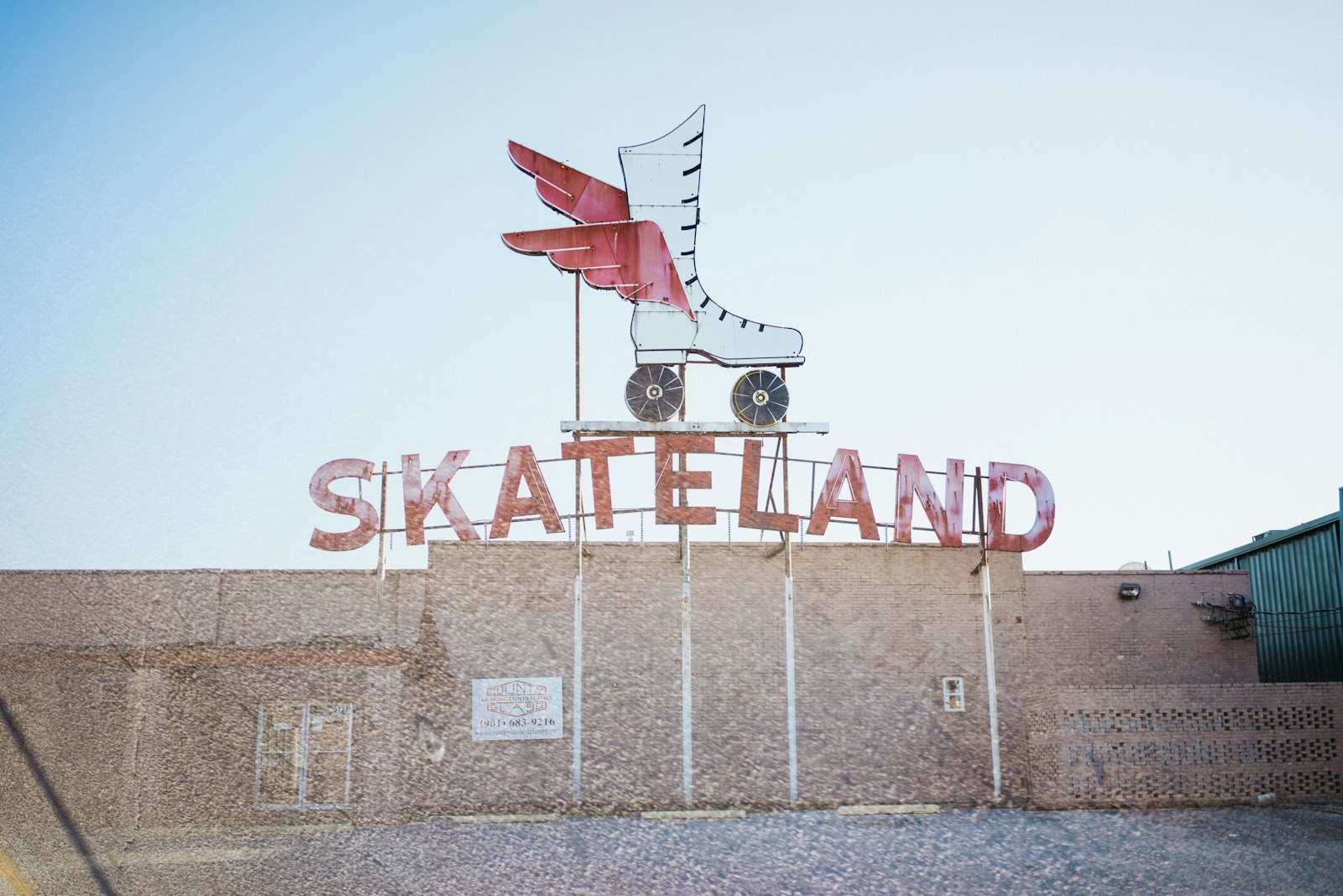
patinar

skate
The Spanish word 'patinar' translates to 'skate' in English. It is a verb and it mainly describes the activity of moving on a surface, particularly ice or a smooth floor, by using skates. It can also metaphorically imply slipping or sliding in certain circumstances. This word can be used in various contexts such as sports, recreational activities, and transport. The English equivalent, skate, shares the same usages.
Example sentences using: patinar
Me gusta patinar en el parque.

I like to skate in the park.
This sentence is an expression of personal preference for an activity, in this case, skating. The phrase 'Me gusta' is used for expressing 'I like' in Spanish. 'En el parque' stands for 'in the park'. In Spanish, the verb tends to come before the place where the activity is done.
Vamos a patinar sobre hielo este invierno.

We are going to ice skate this winter.
This sentence shows future intentions or plans using the structure 'Vamos a + [infinitive verb]'. It translates directly to 'We are going to'. 'Sobre hielo' stands for 'on ice', and 'este invierno' is translated as 'this winter'. Note that the verb ('patinar') comes before the activity is described more specifically ('sobre hielo').
El niño está aprendiendo a patinar.

The boy is learning to skate.
In this sentence, 'El niño', meaning 'the boy', is the subject. 'Está aprendiendo' is a present continuous phrase that means 'is learning'. The action he is learning is expressed by the infinitive verb 'patinar'. In Spanish, present continuous is expressed by the verb 'estar' + gerund form of the verb.